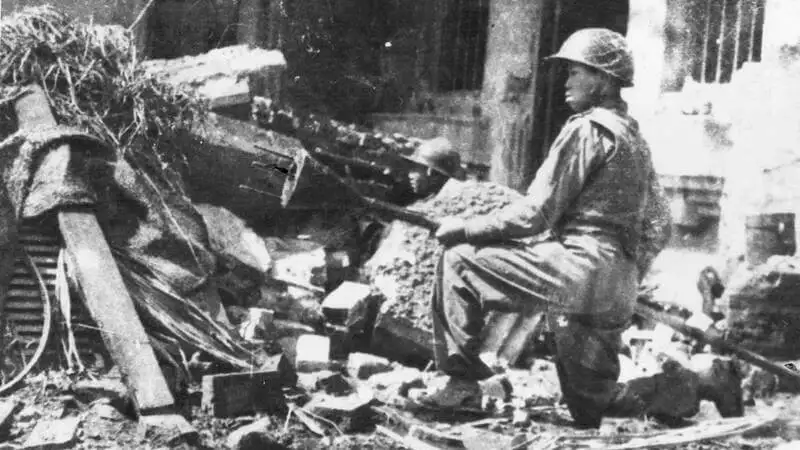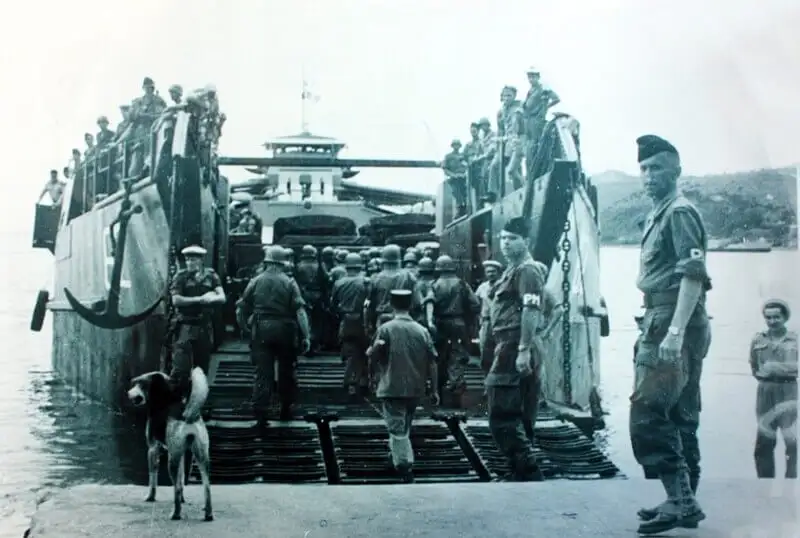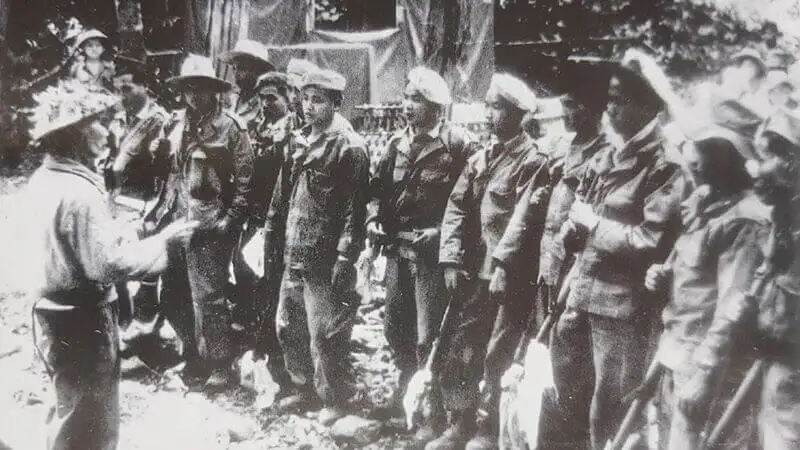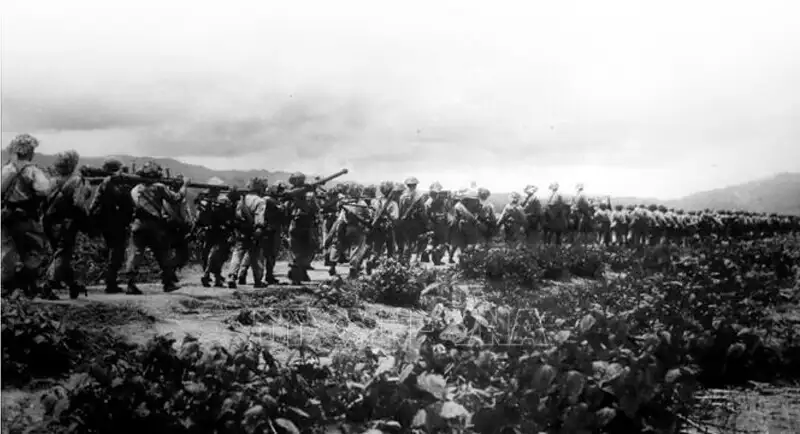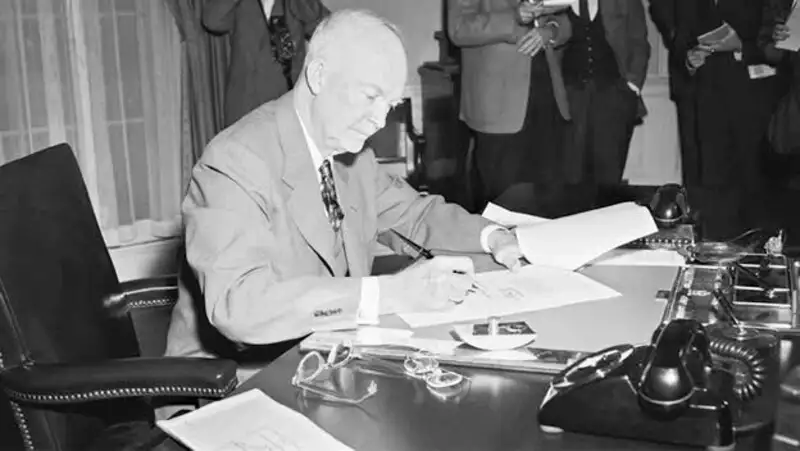The Battle of Dien Bien Phu, fought from March 13 to May 7, 1954, was a decisive military triumph for Vietnam, marking the end of French colonial domination in the country. Following this victory, Vietnam was divided into North and South Vietnam, setting the stage for subsequent political conflicts that eventually led to the Vietnam War. In this article, join Pywar as we delve into the detailed progression of the Battle of Dien Bien Phu and examine the casualty figures for both sides.
France’s Military Invasions Begin in Vietnam
After a millennium of Chinese control over Vietnam ended in 969, the country was governed by a series of feudal dynasties for the next 915 years. In the 17th century, French traders began engaging in commerce in Vietnam, followed by the arrival of French Christian missionaries. To protect these missionaries, France initiated military invasions in 1858. By 1884, Vietnam, Laos, and Cambodia had become French colonies, collectively known as French Indochina.
After World War II, France sought to reassert control over the region, deploying troops to restore colonial rule. However, this effort faced resistance from the Viet Minh, a communist-inspired movement led by Vietnamese nationalist Ho Chi Minh, aiming to secure Vietnam’s independence.

- French soldiers preparing to deploy forces in an effort to reestablish control over Indochina after World War II. (Source: Collected)
The First Indochina War
The Viet Minh began fighting the French in 1946 in what became known as the First Indochina War, initially employing guerrilla tactics and later adopting more conventional warfare methods with weapons and financial support from the Soviet Union and China.
In November 1953, thousands of French paratroopers were dropped into the Dien Bien Phu Valley in the remote northwestern mountains of Vietnam, near the border with Laos. They seized a small airstrip there and began constructing a military base, consisting of a series of fortified strongpoints along a 40-mile perimeter around the airstrip.
France deployed over 15,000 troops to the area, but this large force was spread thin to defend the expansive perimeter and soon faced overwhelming odds. The Viet Minh, with nearly 50,000 troops under the command of General Vo Nguyen Giap—a fervent communist and regarded as one of the 20th century’s greatest military strategists—outnumbered them significantly.
France had two primary objectives in occupying Dien Bien Phu. They aimed to establish a base to attack and disrupt supply lines into Laos, where a growing insurgency was gaining traction, and to provoke the Viet Minh into launching a large-scale assault, confident that French forces would prevail in such a confrontation.
However, the French underestimated Giap’s leadership, as well as the Viet Minh’s weaponry and capabilities. The French expected to rely on the airstrip for resupply, mistakenly assuming the Viet Minh lacked anti-aircraft weapons.
Giap did nothing to hinder the French’s initial incursion. Over four months, his forces meticulously prepared, dispersing across the steep hills surrounding the Dien Bien Phu Valley. They dug well-protected artillery positions and, astonishingly, hauled large cannons through treacherous slopes and dense jungle to place them in strategic locations.

- Viet Minh soldiers during the Battle of Dien Bien Phu, the historic confrontation that ended French colonial rule in Vietnam. (Source: Collected)
The Viet Minh Encircle the French
On March 13, 1954, under a moonless night sky, Viet Minh artillery began shelling one of the French strongpoints on the defensive line, initiating a full siege of the French base. The following day, General Giap’s artillery disabled the airstrip, and Viet Minh forces attacked, capturing another strongpoint.
Over the next two months, supported by artillery the French could not neutralize, the Viet Minh employed trench warfare tactics reminiscent of World War I. They dug trenches progressively closer to French defenses, isolating the remaining strongpoints. The French air force, having lost the operational airstrip, resorted to parachute drops under heavy artillery fire, suffering severe losses: 62 aircraft were destroyed and 167 damaged during the battle.
On March 30, 1954, the Viet Minh assaulted two more strongpoints. Fierce, desperate fighting ensued, with attacks and counterattacks lasting nearly a week as the French resisted fiercely but gradually gave ground. By April 22, Giap’s forces had seized 90% of the airstrip, halting parachute resupply efforts and leaving the French in a desperate, weakened state.
Casualties on both sides were staggering. Giap was forced to call in reinforcements from Laos before resuming attacks on May 1. Finally, on May 7, 1954, the last French defensive line collapsed. A Viet Minh soldier stood atop the captured French headquarters, raising the red flag with a gold star in victory, concluding the historic triumph at Dien Bien Phu.

- Viet Minh soldiers receiving commands before entering the decisive battle at Dien Bien Phu. (Source: Collected)
High Casualties for Both Sides
The 57-day Battle of Dien Bien Phu was a complete debacle for the French military. Over 2,200 French soldiers were killed, and nearly 11,000 were captured, including more than 5,100 wounded. Only about 3,300 French prisoners were repatriated; thousands died in captivity as France negotiated its withdrawal from Indochina at the 1954 Geneva Conference.
Under the terms of the July 1954 peace agreement, Vietnam was temporarily divided into North and South Vietnam, with plans for a nationwide election to reunify the country in 1956. However, this election never took place. Instead, two separate nations emerged: North Vietnam, a communist state supported by the Soviet Union and China, and South Vietnam, backed by the United States and its allies.

- Viet Minh troops advancing toward the frontlines during the Dien Bien Phu campaign, a battle that altered Vietnam’s history. (Source: Collected)
Leading to the Vietnam War
The struggle for Vietnam’s full independence did not cease. In the South, insurgent forces coalesced into the National Liberation Front of South Vietnam (Viet Cong). Supported by North Vietnam and its army, the Viet Cong waged a guerrilla war against increasing U.S. forces, sparking the Vietnam War (also known as the Second Indochina War), which spanned the 1950s to the 1970s.
In 1973, the U.S. withdrew its combat troops from Vietnam. Two years later, on April 30, 1975, South Vietnam fell, and Vietnam became a unified, independent communist nation. The former southern capital, Saigon, was renamed Ho Chi Minh City.
Conclusion
Today, Dien Bien Phu is a renowned historical destination in Vietnam, attracting both domestic and international visitors. The city features a modern museum and preserved battlefield relics, including French defensive strongpoints, the French command bunker, and the Viet Minh base area. The airstrip, once used for wartime resupply, has been paved with concrete and now serves regular commercial flights from Hanoi.
Be sure to check out more articles in the categories Vietnam War History and World War History!
Translated by: Le Tuan
Source: History.com – Battle of Dien Bien Phu

